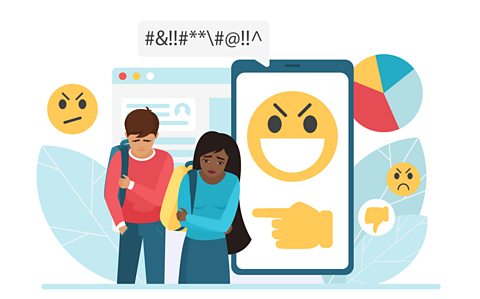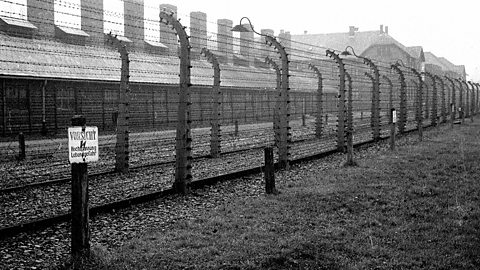Prejudice, stereotyping and discrimination
Simon and Sarah talk about prejudice and discrimination

Stereotyping
Stereotyping means making an unfair assumption or generalisation about a person or group of people based on an aspect of their identity, for example their race, culture, religion, or gender.
Prejudice
Prejudice means to ‘pre-judge’ someone. It starts in the mind and is a negative attitude towards people based solely on a group to which they belong. It is based on an unfounded opinion.
Discrimination
Discrimination means to act unfairly towards a person or group of people. It is putting prejudice into action, excluding people from equal treatment.
Stereotyping, prejudice and discrimination focus on the same things:
- skin colour
- culture
- age
- sex
- disability
- religion
Discrimination can happen anywhere. Many laws have been passed to prevent the most obvious forms of discrimination in society. However, discrimination can still happen.

Examples from History

Martin Luther King, Jr
One of the best known Christian leaders who fought against racial prejudice and discrimination was Martin Luther King, Jr.
Dr King was a Baptist minister who became an activist for African American civil rights early in his career. He led the Montgomery Bus Boycott, which began in December 1955 and ended in December 1956.
This started through a simple act of defiance when a black woman, Rosa Parks, refused to give up her seat on a bus for a white passenger when ordered to do so by the bus driver. She was later arrested.
Through death threats, multiple arrests and several attempts on his life Dr King was consistent in his application of the principles taught by Jesus and recorded in the Bible:
Love your enemies and pray for those who persecute you. (Matthew 5:44)
The Holocaust
There are forms of prejudice that combine religion and race and it can be difficult to distinguish between the two elements. Prejudice towards Jews is called anti-semitism.
During World War Two, around six million Jews were murdered by the Nazi regime because of the Nazis' belief in a superior Aryan race and anti-semitism.


Apartheid in South Africa is another example of structural or institutional prejudice. Just like the system of prejudice that prevented certain US citizens from voting, this system of prejudice was based on the colour of a person’s skin.
People of different skin colours were not allowed to mix or meet together socially.
Different laws and regulations applied to each group.
They had different cinemas, hospitals, schools, housing areas and transport systems.
In this BBC Teach video, Sir Trevor McDonald reflects on how Nelson Mandela went from freedom fighter to become South Africa’s first Black president
Test yourself!
More on Morality and ethics
Find out more by working through a topic
- count3 of 7

- count4 of 7

- count5 of 7

- count6 of 7
